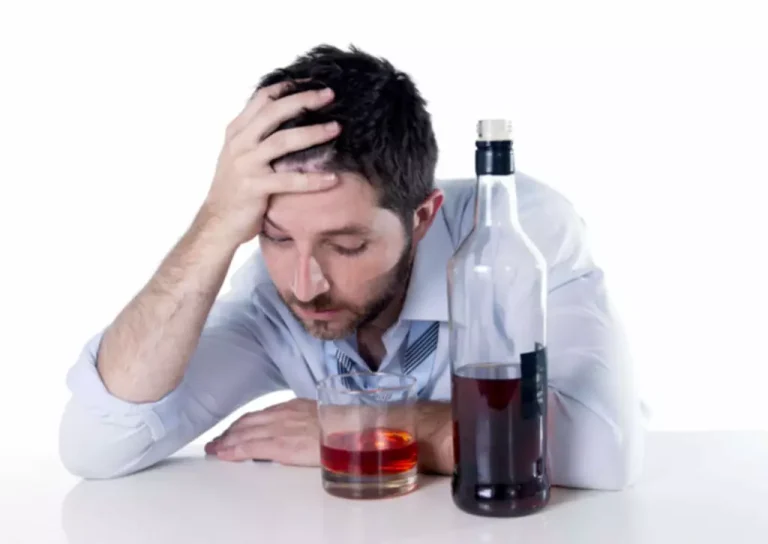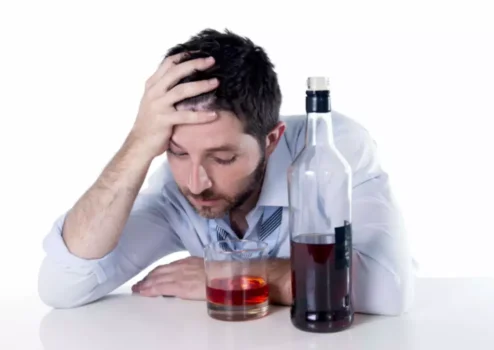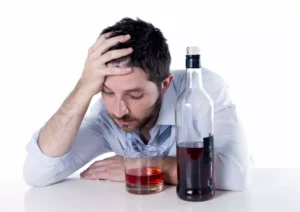
Signs most commonly linked with abstinence syndromes, like alcohol withdrawal sweating, are generally uncommon among protracted abstinence problems, just like most other acute withdrawal signs. If co-occurred mental disorders are left untreated, they can trigger they can still manifest in person during recovery time. All information provided in featured rehab listings is verified by the facility officials. The details are kept up to date to help people with addiction treatment needs get the most full and precise facts about the rehabilitation facility. If a person is having difficulty with their PAWS symptoms, they should speak with a healthcare professional. A healthcare professional may be able to suggest certain coping methods or support groups that could be beneficial.

Find Drug Rehabilitation Centers Near You Anywhere In the US

In recovery, cutting out dry drunk syndrome alcohol is a crucial step that involves emotional and behavioral challenges. Recovery from an alcohol use disorder means more than quitting alcohol. Even after you no longer crave alcohol, you need to deal with the psychological and behavioral issues that contributed to your addiction in order to prevent relapse. If you have quit drinking but are still struggling with the negative and destructive attitudes and feelings you had during active addiction, you may be dealing with what’s called dry drunk syndrome. Usually, drugs and alcohol post-acute withdrawal syndrome are treated in medical settings when an individual’s capacities are severely affected.
Emotional Instability
This can compound the negative feelings of dry drunk symptoms and leave us stuck in the dry drunk stage. Let’s explore in more detail what AUD is to better understand why dry drunk symptoms can occur in recovery. A dry drunk is someone who isn’t actively using alcohol but is still experiencing the behaviors or the issues that led to their alcohol use disorder. To understand what a dry drunk is, it’s useful to understand alcohol use disorder. When someone has an alcohol use disorder, it affects8 their brain, behavior, and emotions. Breaking the cycle of addiction and achieving lasting recovery requires more than simply abstaining from alcohol consumption.

Behavioral Residue of Addiction
- Plus, labeling someone in recovery as any kind of “drunk” generally isn’t helpful.
- When someone has an alcohol use disorder, it affects8 their brain, behavior, and emotions.
- If someone hasn’t dealt with underlying factors contributing to their alcohol addiction, they might be described as a dry drunk.
- Developing healthy routines and making connections with other sober people might also be beneficial.
- Addiction treatment is holistic, and it helps pave the way for a recovery journey that goes well beyond not drinking anymore.
At CenterPointe we’ll assist you in uncovering the root causes of your Twelve-step program struggles including any mental health issues. We will provide you with tools to manage your emotions, thought processes, and addictive behaviors effectively. Someone can be sober, meaning they aren’t using drugs or alcohol, but they might not have fully dealt with the underlying contributors to the original alcohol use disorder.
Health Conditions
Often a person who has PAWS or dry drunk syndrome hasn’t made behavioral or emotional changes or has started to regress to old ways of thinking. These conditions are dangerous because dry drunk syndrome can easily trigger an alcohol relapse if not appropriately managed. Giving up alcohol completely can be an important step in a person’s recovery from AUD.
- Let’s take a closer look at what PAWS is to determine the similarities and differences between dry drunk syndrome and PAWS.
- The dry drunk definition could be expressed as occasionally used in addiction rehabilitation; it is not a medical diagnostic, but it nevertheless refers to a real problem.
- With the right guidance, resources, and treatments, it’s possible to overcome dry drunk behaviors and achieve lasting recovery.
- It is also possible that PAWS never stops due to long term brain changes resulting from substance abuse, to which patients adapt more or less successfully.
- However, even ten years after, the individuals may have gone through their first abstinence crisis.
If a person experiences symptoms of PAWS, they should not feel defeated. The experience of AUD recovery can vary significantly among individuals. There is no right or wrong way for a person to recover from AUD, so a person should not compare their recovery journey with that of other people.

Dry Drunk Syndrome During First Year of Recovery
Finally, engaging in healthier activities such as exercise, mindfulness practices, or creative hobbies can help to reduce stress and improve overall mental wellness. Lastly, addressing dry drunk syndrome requires a combination of physical, emotional, and behavioral therapies to address the causes of addiction and cultivate healthy habits and coping mechanisms. Comprehensive addiction recovery programs may include individual therapy, therapy, medication-assisted treatment, and 12-step programs. If you’re struggling with sobriety after giving up alcohol, it may be time to seek professional help for alcoholism. Alcohol addiction treatment can be helpful in allowing individuals to better understand the disease, how to maintain sobriety and how to cope with triggers in a healthy way. People often use the term “dry drunk” to describe someone who is not actively using alcohol but is still experiencing any of the symptoms of alcoholism.


